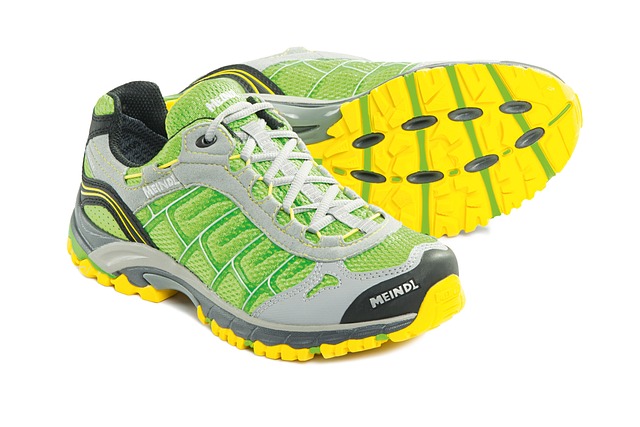The Ultimate Guide to Trail Running Shoes: Finding the Perfect Pair for Your Adventure
If you’re someone who thrives on the thrill of the great outdoors, you know that trail running is more than just a sport – it’s an experience. Whether you’re tackling rocky paths, muddy tracks, or steep inclines, having the right trail running shoes can transform your adventure from a challenging trek into an exhilarating journey. But with so many options on the market, how do you find the perfect pair? This guide is here to help you lace up with confidence.
Why Trail Running Shoes Matter
Unlike regular running shoes that are designed for flat, predictable surfaces, trail running shoes are built to handle uneven terrain, changing weather conditions, and the ruggedness of nature. They offer enhanced grip, stability, and protection that can prevent slips, falls, and foot fatigue. When you put on a pair of trail running shoes, it’s like giving your feet an armor designed specifically for outdoor battles.
Key Features to Look For
- Traction: Look for aggressive lugs on the outsole to grip slippery rocks, wet leaves, and loose gravel. Good traction means more confidence and less slipping during your runs.
- Durability: Your shoes need to withstand abrasions, mud, and water. Materials like reinforced mesh and tough rubber for the outsole are essential for longevity.
- Protection: Trail shoes often feature rock plates or toe caps to shield your feet from sharp stones and roots, saving you from painful bruises and injuries.
- Comfort & Fit: A secure fit prevents blisters and discomfort. Look for trail running shoes that offer cushioning and support adapted to trail terrain to keep you comfortable mile after mile.
- Water Resistance: Depending on your trail environment, water-resistant or waterproof shoes help keep your feet dry and prevent chafing caused by wet socks.
Choosing the Right Trail Running Shoes for Your Terrain
The type of terrain you run on should heavily influence your shoe choice:
- Mountain Trails: Opt for shoes with extra durability, solid ankle support, and aggressive traction to manage steep climbs and rocky descents.
- Forest Paths: Lightweight shoes with adequate cushioning and moderate grip work well to navigate dirt paths and tree roots.
- Mud & Wet Areas: Waterproof trail running shoes with deep lugs will help you power through slippery, muddy conditions.
- Technical Trails: For highly technical routes, choose shoes with a rock plate, stiff midsoles, and extra protection for maximum safety and control.
Tailoring Your Choice to Your Running Style
Every runner has unique needs, so consider how your stride and foot type influence your shoe preferences. If you’re an overpronator, look for models with stability features. Neutral runners should focus on balance between cushioning and responsiveness. Testing different types can help you zero in on what feels best on the trail.
Maintaining Your Trail Running Shoes
Adventure calls for care. To extend the life of your trail running shoes, clean off mud and debris after each run, let them air dry naturally, and avoid exposing them to extreme heat. Rotate between pairs if you run frequently to allow each pair time to decompress and dry completely.
Finding the right pair of trail running shoes unlocks the freedom to explore new paths and conquer challenges in comfort and safety. When you tie those laces and head into the wild, remember – the perfect shoes are the foundation of every great adventure.



